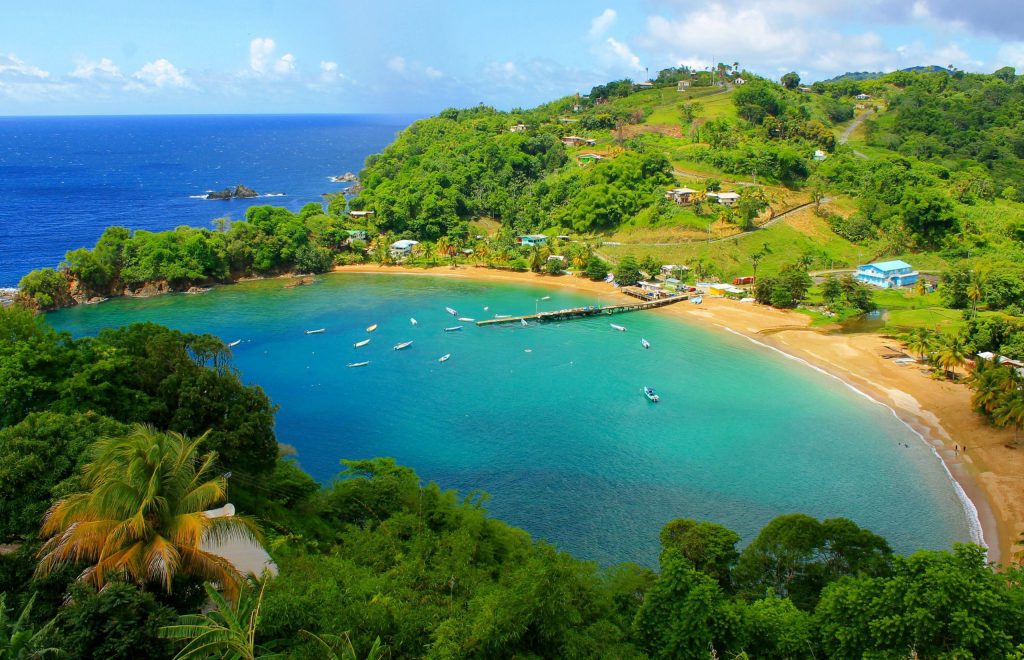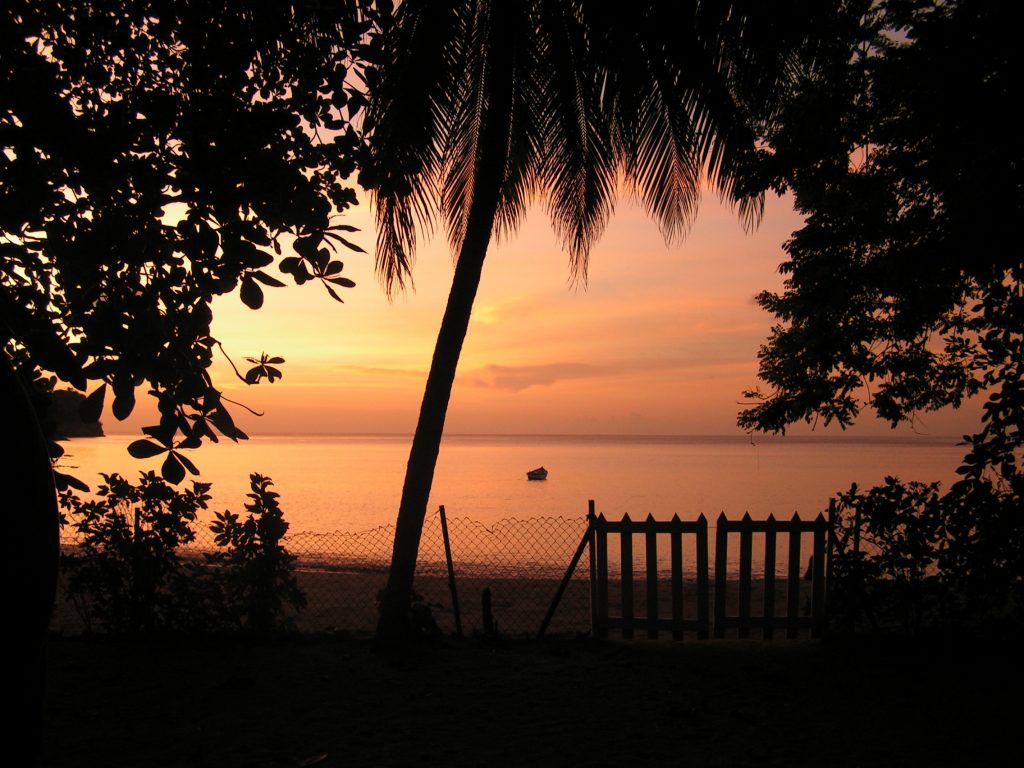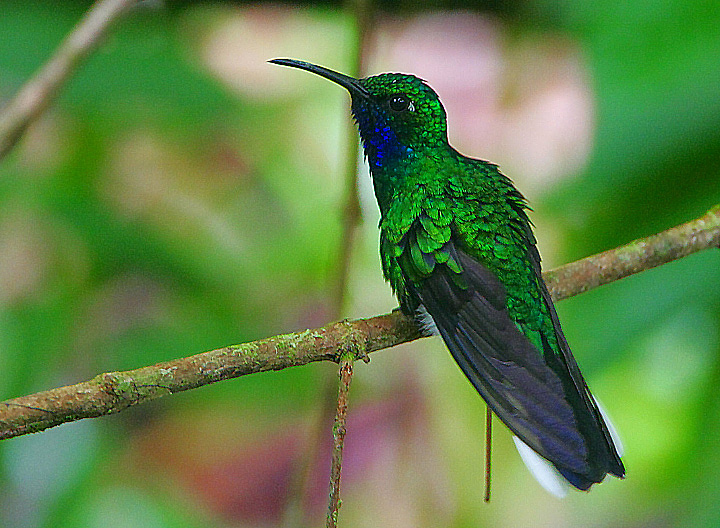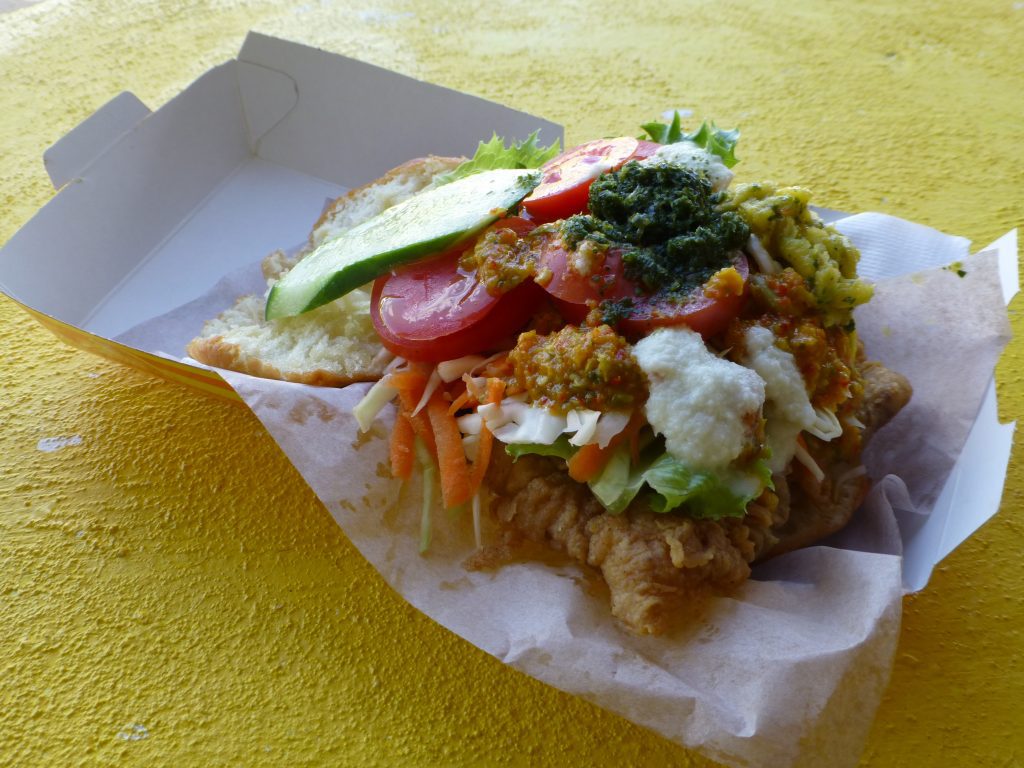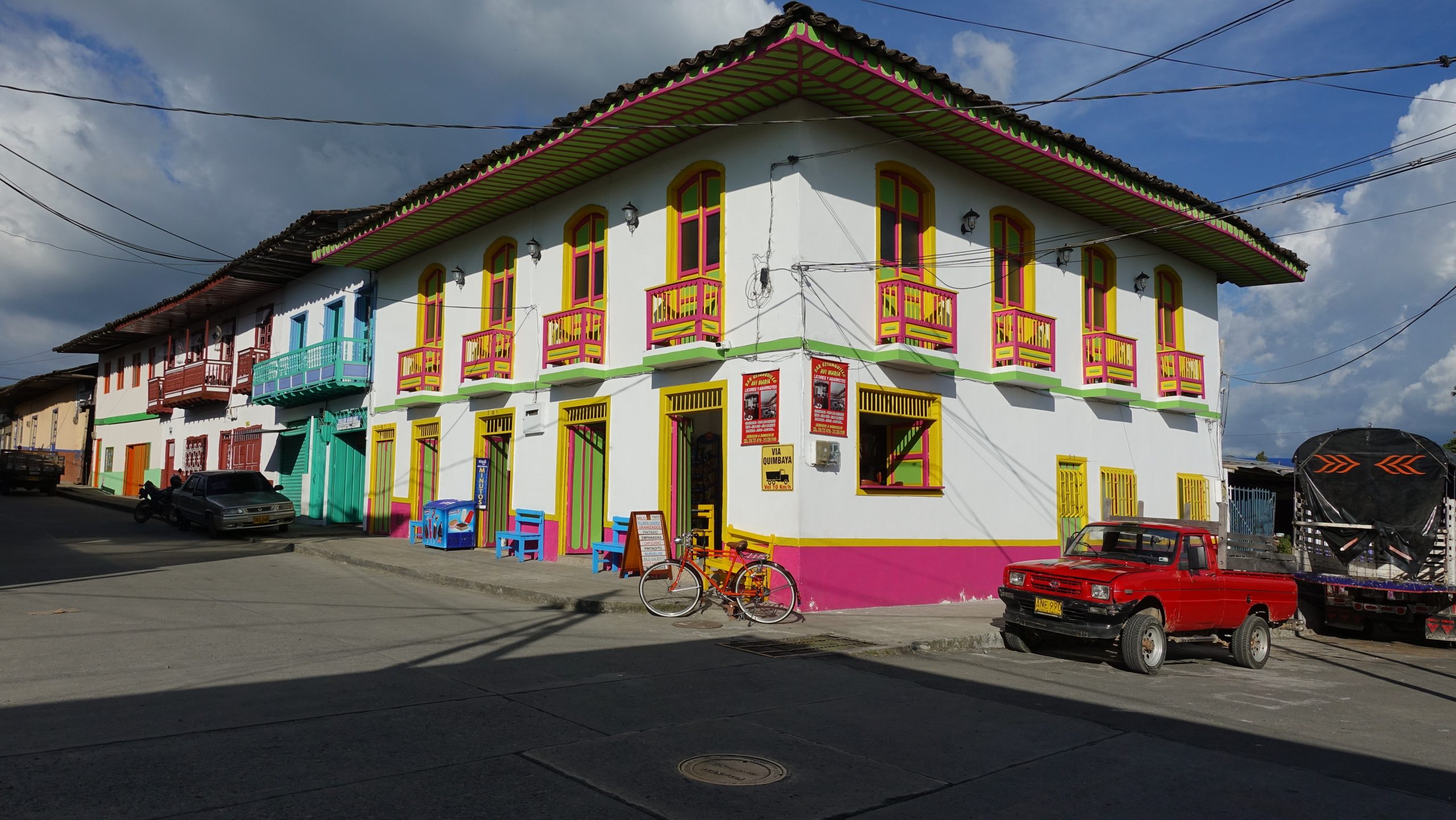Have you ever wondered to yourself what the Caribbean islands were like before so many giant hotels and cruise ships came along? Well, it turns out there are still a few places where one can get a taste of ‘the old Caribbean’, and the beautiful island of Tobago is one of them!
Tobago belongs to the independent country of Trinidad and Tobago, and is Trinidad’s laid-back little sister. It’s small enough to allow exploration of the whole island from one place, but large enough to offer a wide variety of landscapes and activities, plus enough beaches that you could visit a different one each day without repeating, even if you stay 3 weeks or more!
I have visited Tobago, and one thing I found totally unique about it was the lack of separation between tourists and locals. More so than in most places in the Caribbean, here it is not only possible, but in fact quite easy to interact with local residents and support the island’s economy directly.
And finally, Tobago is located outside the so-called ‘hurricane belt’ and is thus far less likely to be directly hit by tropical storms even in the height of hurricane season. BIG bonus, especially if summertime is your best season for taking a longer trip (as is the case for many of us).
Tobago will appeal to:
- Beach lovers
- Divers and snorkelers
- Nature and wildlife seekers
- Mountain biking and hiking aficionados
- Budget travelers – Tobago is among the least expensive Caribbean destinations!
- Families
The Basics
Originally inhabited by native Carib and Arawak tribes, both Tobago and Trinidad were colonized soon after Columbus’ arrival, and during the ensuing centuries were fought over by pretty much every colonial power that was active in the region. The British were the last to rule the islands before their full independence in 1962, thus Britain still has a big influence on their unique culture.
Also unique to the region, indentured Indian workers were imported by the British after the abolishment of slavery to work on the sugar, tobacco and cacao plantations. Their influence on the local cuisine remains obvious today, in the popularity of curry dishes combining Indian and Caribbean flavors. And by the way, those plantations were largely destroyed by a rare but catastrophic storm, Hurricane Flora, in 1963. The descendants of these workers remain, however, and comprise about 40% of the country’s population today, contributing to a high degree of ethnic diversity.
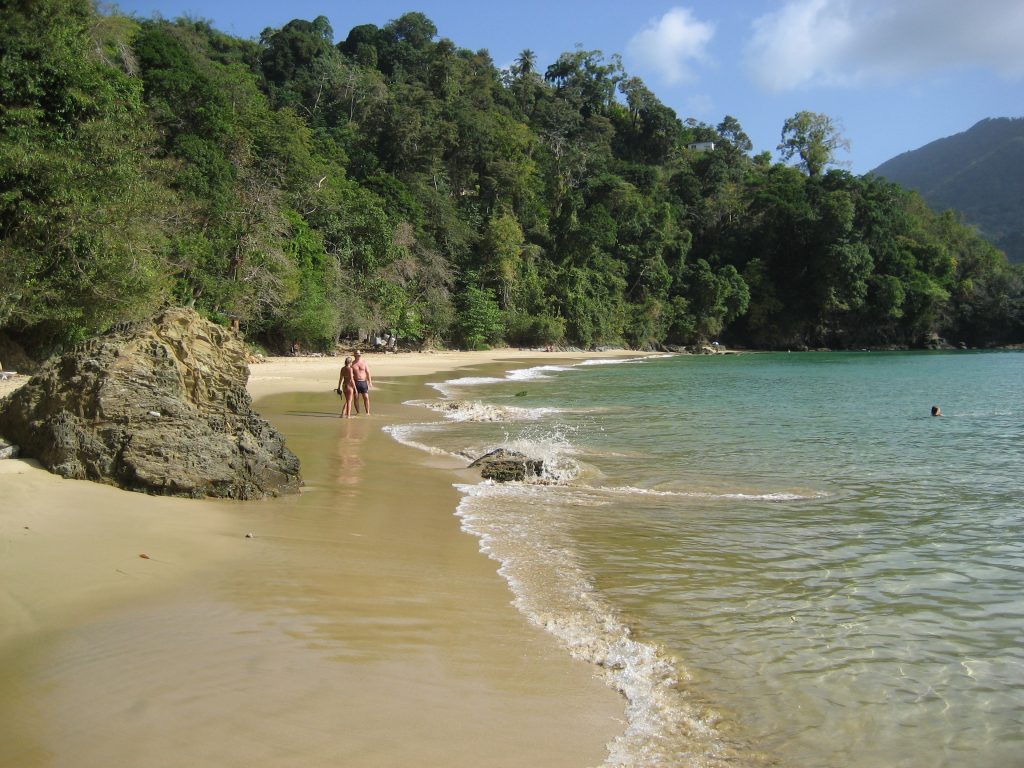
The island is about 40 km long and 10 km wide, with a land area of about 300 km2. It’s western edge is tipped southward, so that it looks a bit like the accent mark over this é.
While Trinidad is the country’s working island, with most of its population and quite a bit of industry, Tobago has retained its rural feel with just over 60,000 residents, the majority of whom are concentrated in the southwest where the island’s airport and its capital of Scarborough are located. This part of the island has a flatter landscape, while the far more rugged northeast is home to very small communities, mountainous terrain and the oldest protected rainforest landscape in the Western hemisphere (the Tobago Main Ridge Forest Reserve). Off the eastern coast of Tobago lie tiny, uninhabited islands such as Little Tobago, popular for ecotourism daytrips focusing on birdwatching.
Tobago is relatively affordable among Caribbean destinations, and its quiet nature, safety and friendliness make it a great destination for families.
Finally, any mention of either Trinidad or Tobago cannot exclude their unique musical culture. This is the birthplace of calypso, soca and the steel-pan drum, and everywhere you go you’ll hear these unique island rhythms. One of the best places to experience this, and ‘lime’ (a local term for ‘hang out’) with some friendly locals, is Sunday School in Buccoo. Not to be confused with any sort of church activity, Sunday School is a weekly street party with a mix of tourists and locals, complete with food and drink stalls, and of course live music. Just try to keep yourself from dancing, I dare you!
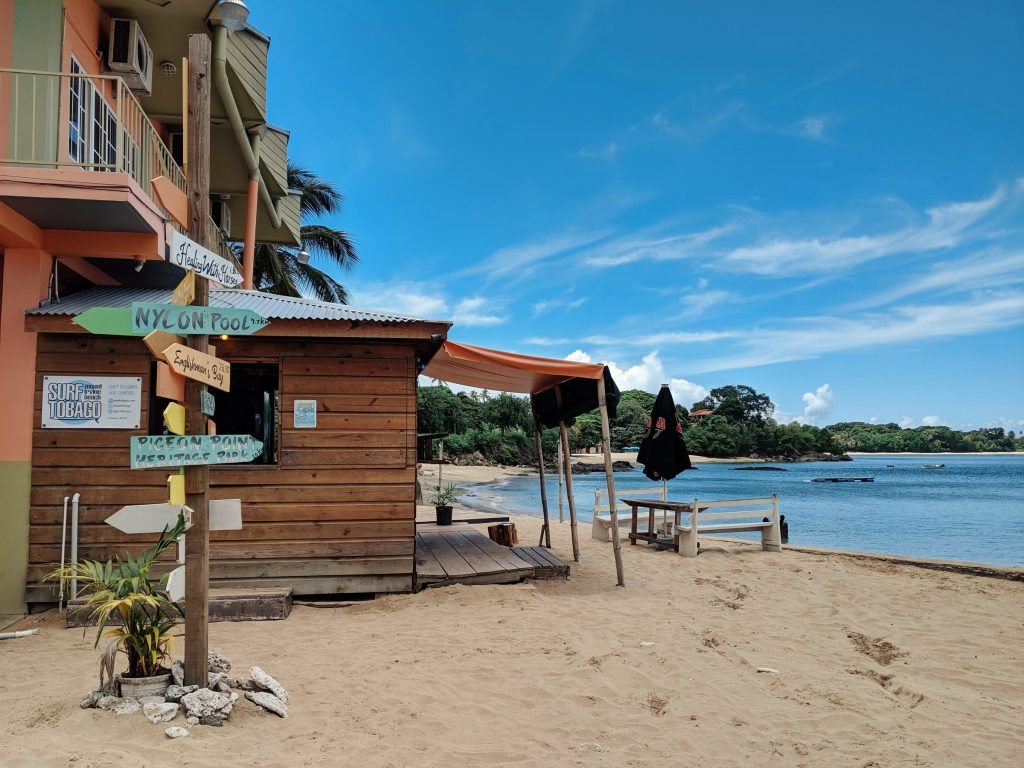
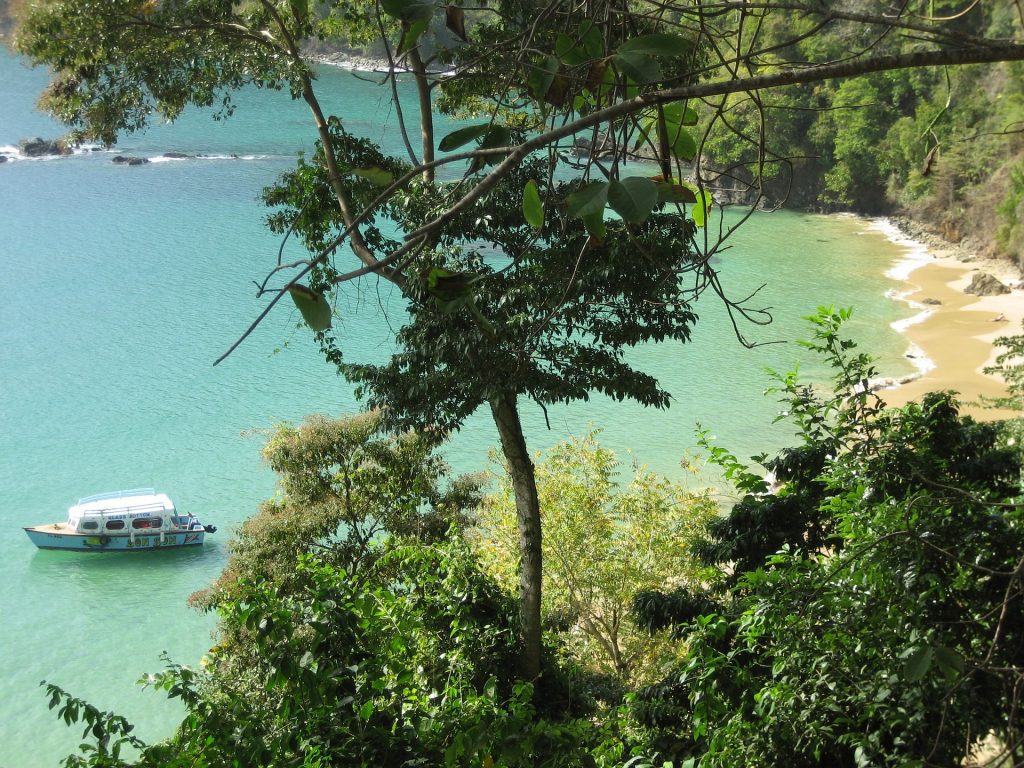
Sustainability
Tobago is a great destination for tourists who wish to travel sustainably. Large chain hotels are non-existent – the largest hotel on the island has only 200 rooms. The northeast in particular is an ecotourist’s dream, with no large-scale tourism development, nature literally at your doorstep and a tourism economy that is refreshingly locally controlled. And together with Trinidad, Tobago possesses the highest level of plant and animal biodiversity in the Caribbean, making it an ideal destination for those seeking a relaxing holiday in nature.
If sustainability is high on your list of priorities, I recommend a visit to the quaint village of Charlotteville. It offers the perfect combination of beautiful, uncrowded beaches, many locally-owned businesses, ample hiking, excursion and diving/snorkeling opportunities, and a friendly, laid-back vibe.
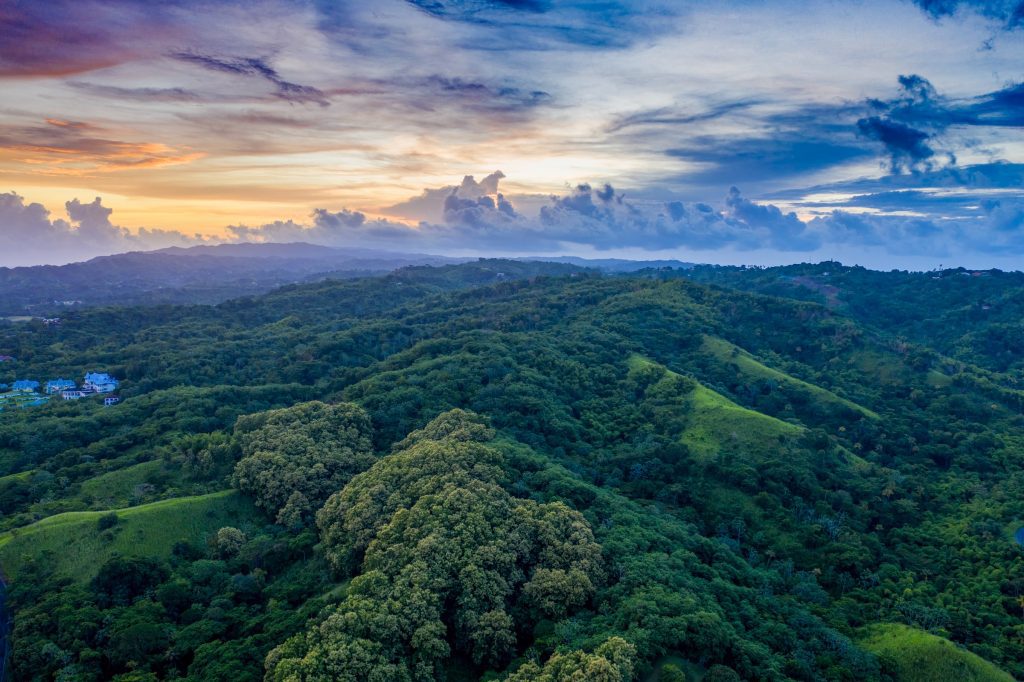
Like anywhere, however, Tobago is not without its sustainability concerns. Water pollution and silt runoff from recent roadbuilding has damaged sensitive coral reefs just off the coast. Damage from boat anchors and trampling by careless tourists has particularly harmed the overvisited Buccoo Reef. Keep this is mind, go to lesser-visited reefs (the one located just 20 meters offshore from beautiful Englishman’s Bay beach is a great choice!), and please don’t touch the coral!
Finally, waste is a big issue on Tobago, with limited space to dispose of solid waste, and plastic waste in particular. This means, as always, that visitors should do all they can to avoid creating unnecessary waste during their visit. Avoid single-use plastic, bring along your own cloth bag if you plan to shop for groceries, and buy local, unpackaged products as much as possible. In short, treat this beautiful but fragile ecosystem as if it were your home – because for the people and wildlife there, it is!
Active Travel
Naturally, as a Caribbean island Tobago has excellent opportunities for snorkeling, diving, stand-up paddle boarding and other watersports. Many of the protected beaches along the north coast are great places for snorkeling or diving directly from shore, and Man-O-War Bay (home to the village of Charlotteville) is a fantastic kayaking or SUP location. For diving, I strongly recommend avoiding the overcrowded and degraded Buccoo Reef in favor of less-visited spots elsewhere. See my tip below (under My Tips & Picks) for a great dive tour operator in Charlotteville.
On land, the island’s rugged center is fantastic for hikes through the rainforest, and for those who are fit and adventurous enough, there are also some expert mountain biking trails. Mountain biking excursions that are a bit less technically and physically challenging are also available, from flat rides through mangrove forests to mildly challenging climbs in the foothills of the Main Ridge. And I suppose I don’t really need to say that if you venture out on a hike or mountain bike climb, you’ll almost certainly be rewarded with postcard-perfect views that will make all your friends on Instagram (or however you choose to share your photo memories) insanely jealous!
Culinary Travel
Caribbean cuisine in general is known to be a fusion of many food cultures, mostly due to its colonial and migratory history. Trinidad & Tobago is one of the best examples of this fascinating culinary fusion. Among others, the African, Indian, Latin American, European and even Chinese cuisines played a role in creating this unique creole flavor.
And the flavor? It’s generally both spiced and spicy! Curry is a big favorite which you’ll find on every local restaurant menu. Local specialties are flavorful all on their own, but they’re also often accompanied by pepper sauce and/or chutney, creating an explosion of flavor. Roti, a flatbread adapted from East India, is the basis for several wrapped curry dishes that are popular street foods. Sometimes messy, but always tasty!
As far as main dish ingredients are concerned, there’s a lot of variety in Tobago’s cuisine. Meat eaters, fish and seafood lovers, and vegetarians will all find plenty of options. Everything from curried duck, to curried crab and dumplings, to callaloo (a vegetarian dish made from a local leafy vegetable called taro, okra and a host of spices and other optional ingredients) is available.
Tobago’s (and the Caribbean’s, for that matter) favorite tipple is of course rum, and mixed with juice from local fruits it’s sublime. Just be careful – many mixed rum drinks are stronger than they taste!
Basically, Tobago is a foodie’s dream, particularly if you like your food a bit spicy, and for most visitors the cuisine ends up being a highlight of their trip to the island. Be sure to get away from the international restaurants in the hotels and bigger towns, and try some of the local fare. You won’t regret it!
My Tips & Picks
Upscale Eco-hotel Tip: Cuffie River Nature Retreat, founded by local Regina Dumas (who has her own incredible story) is an eco lodge built at the edge of Tobago’s protected tropical rainforest, offers creature comforts such as a swimming pool, restaurant and spacious, comfortable rooms which are also surprisingly affordable. Cuffie River’s website provides a long list of ways in which green principles have governed the retreat’s construction and operations, and it won the Sustainable Accomodation Award in 2017 from the Caribbean Tourism Organisation. And as if all this weren’t enough, they offer some terrific birdwatching excursions, guided nature walks and hikes and even boat tours, all of which are also available to non-guests.
Diving Tour Tip: the ERIC Dive Centre (ERIC stands for Environmental Research Institute Charlotteville) is attached to its namesake institute, and offers dive training and excursions to environmentally-conscious divers. The institute’s vision is ‘Sustainability for the people and ecosystems of North East Tobago’, and the Dive Centre’s operations are carefully managed in support of this vision. One of the best parts of diving with ERIC is that every single dive is accompanied not only by professional divers and trainers, but also by a marine biologist.
Restaurant Tip: In the island’s capital of Scarborough, Blue Crab Restaurant is as authentic as it gets. Run by locals Kenneth and Alison Sardinha for over 3 decades, it’s a great place to experience all the traditional favorites in a relaxed setting. Open Monday-Friday 11:00 AM to 3:00 PM, dinner Monday, Wednesday or Friday by reservation only.
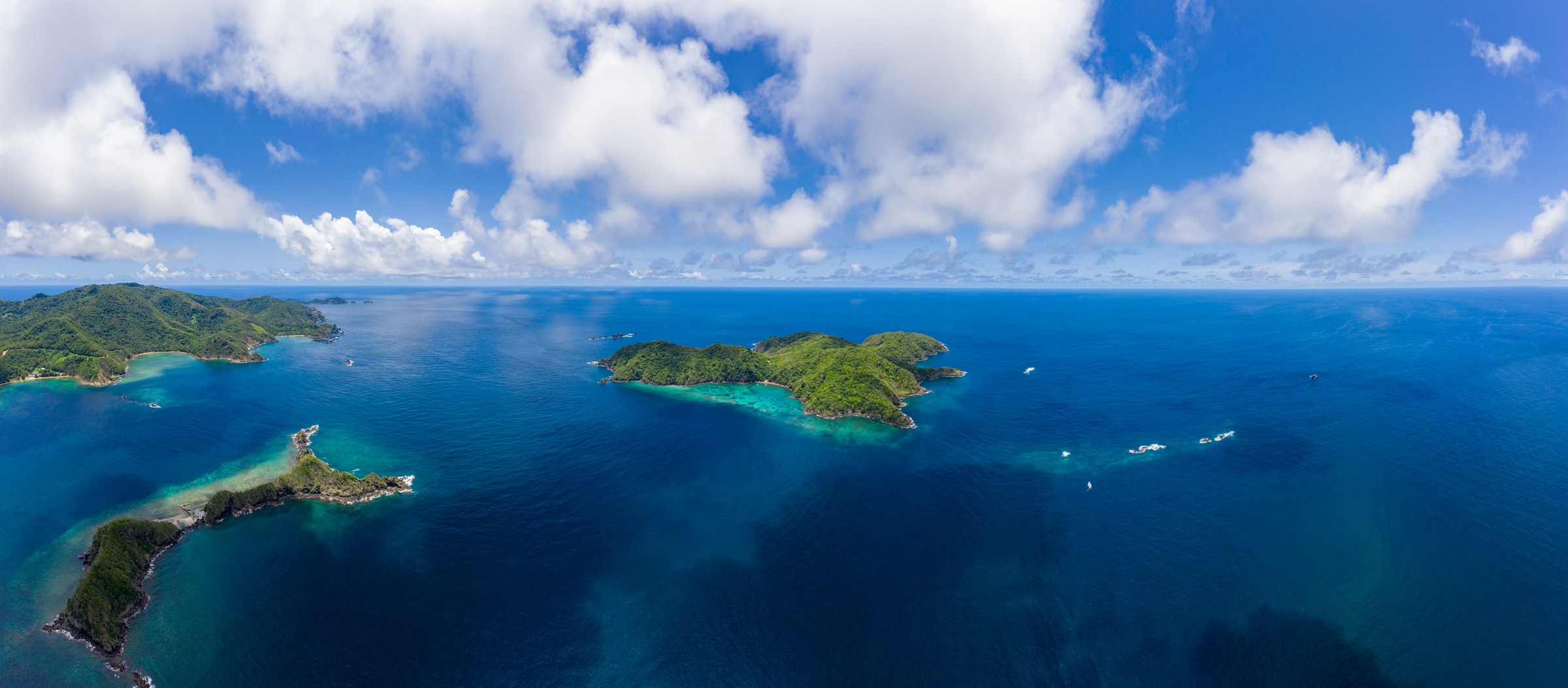
Planning Your Visit
Getting there: ANR Robinson International Airport currently has seasonal or year-round flights from both London and Frankfurt, as well as New York and Toronto. Regular flights as well as passenger and auto ferry service are also available from Trinidad.
Getting around: Tobago does have some bus routes, but their reliability is rather poor. Private and public (shared) taxis (including the larger, so-called maxi taxis) are available as well, and can be a good option for non-drivers. A bicycle, e-bike or scooter can work well for shorter distances, too. However, renting a car remains the most convenient way to cover larger distances on your own time schedule. Keep in mind that you drive on the left in Tobago, and the speed limit on the entire island is 50 km/hr.
When to go: In general, the dry season from December to May is the best time for tourists to visit. The high season is generally from January to March and the busiest time of all coincides with Carnival, which is a bigger deal on Trinidad but still a prime time to visit Tobago. If you don’t mind a little rain and possibly reduced visibility for diving or snorkeling, the shoulder seasons of October to mid-December and April through June can be both cheaper and less crowded.
Tempted yet? I know I am! 😊

